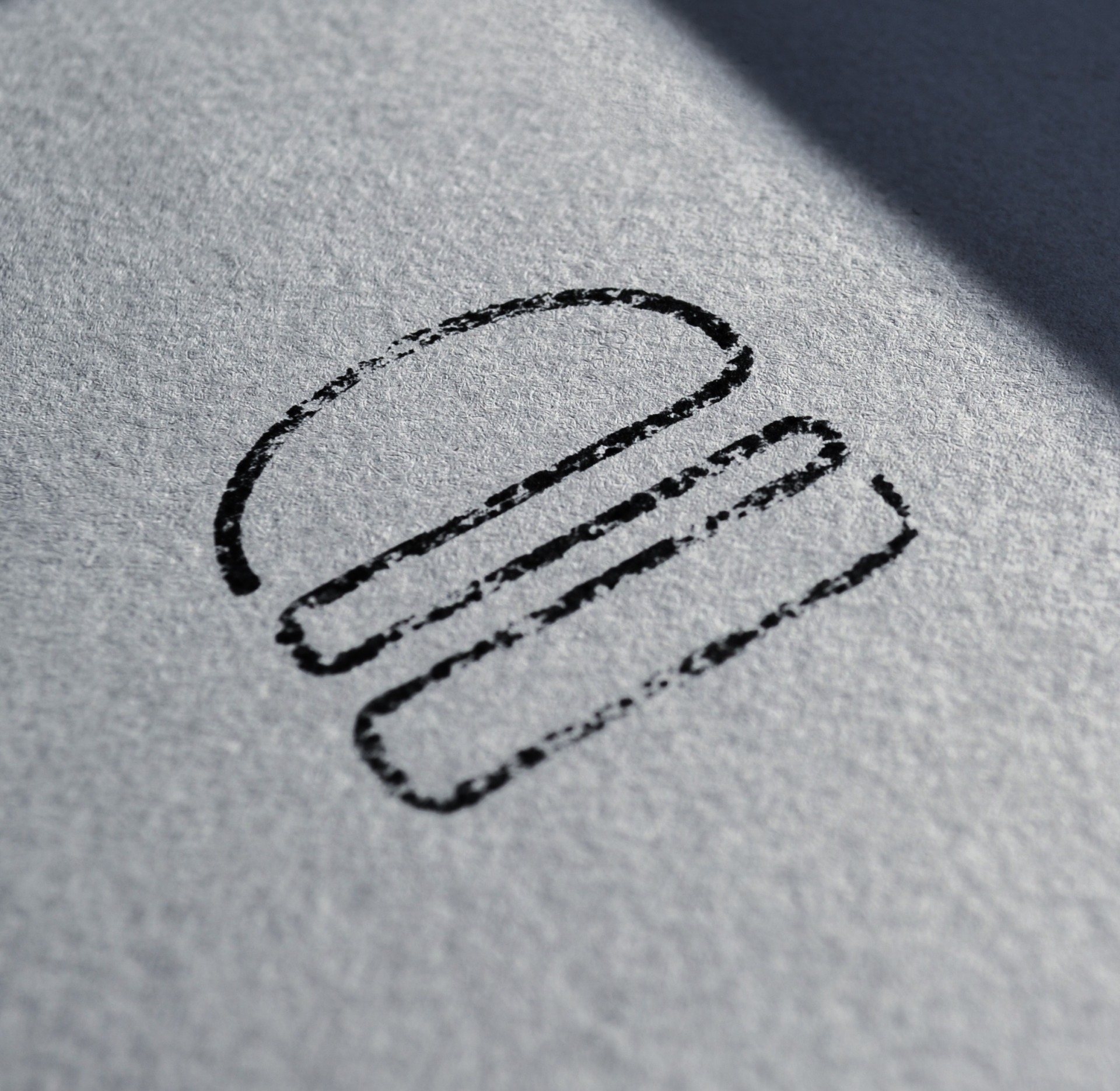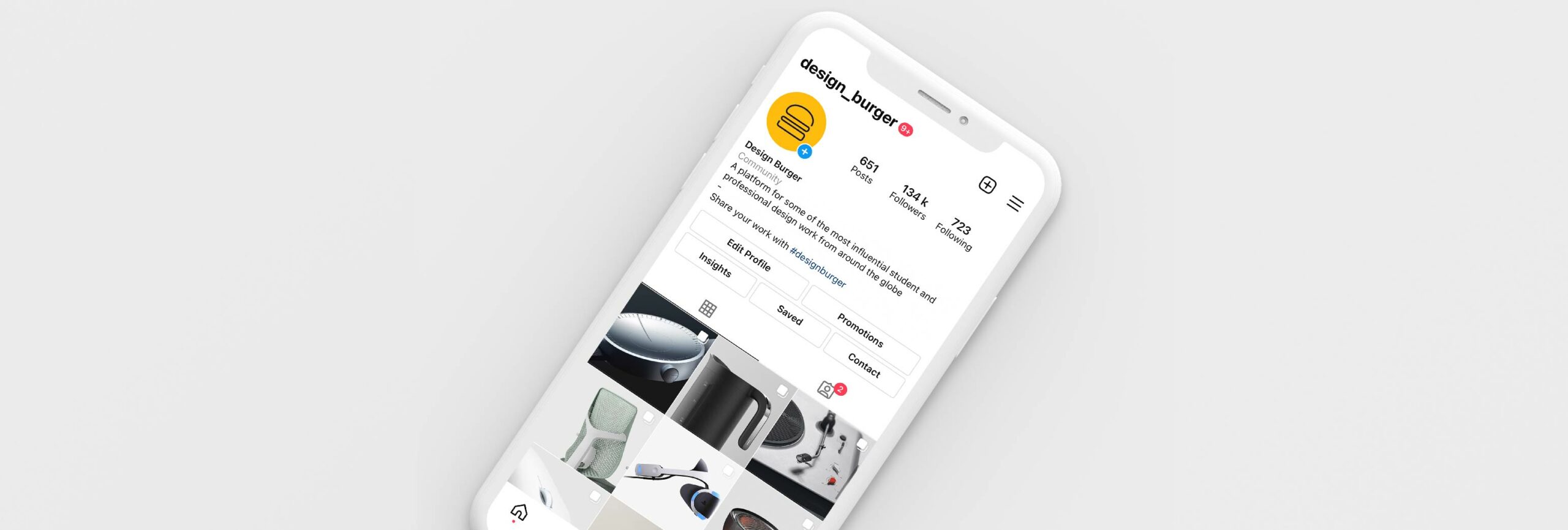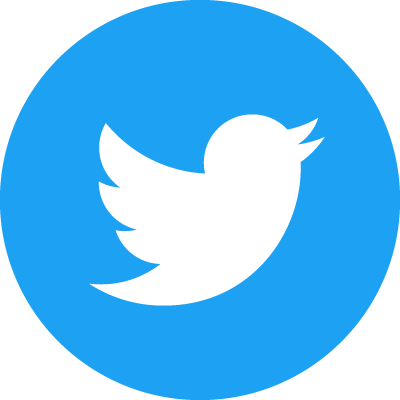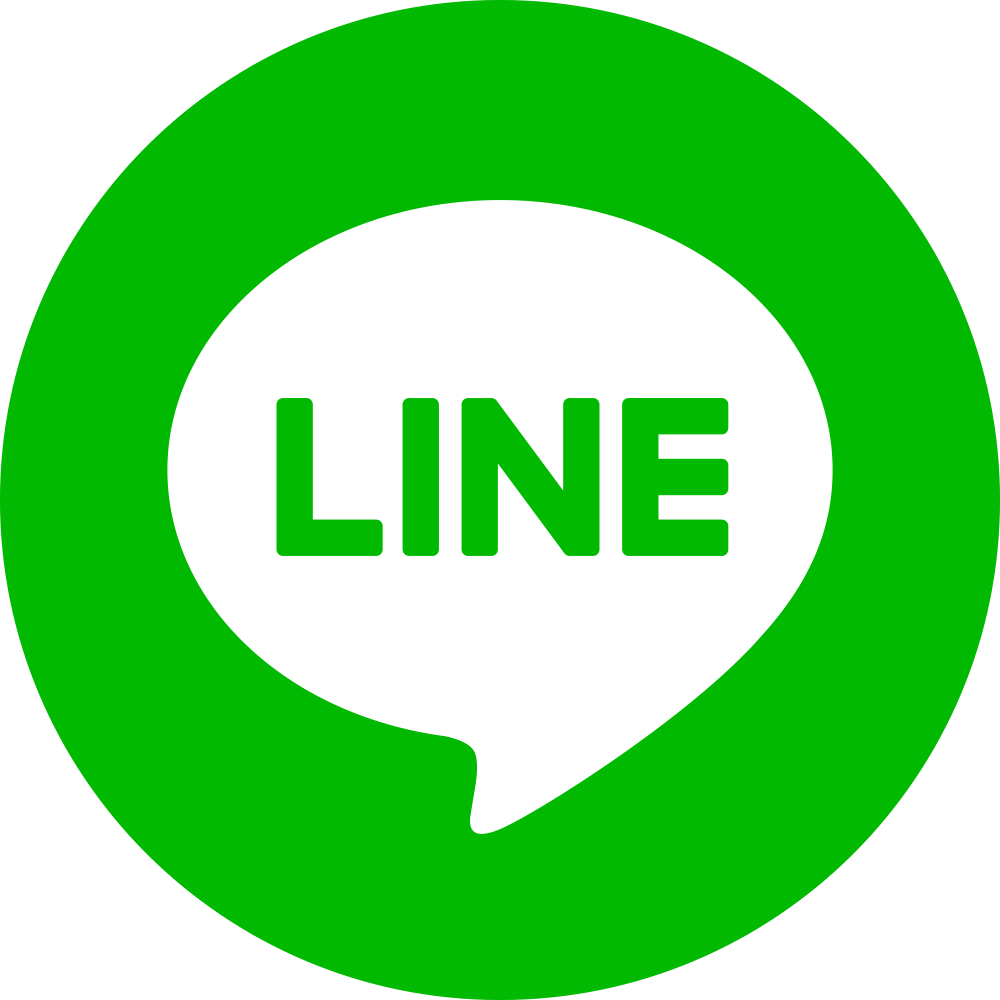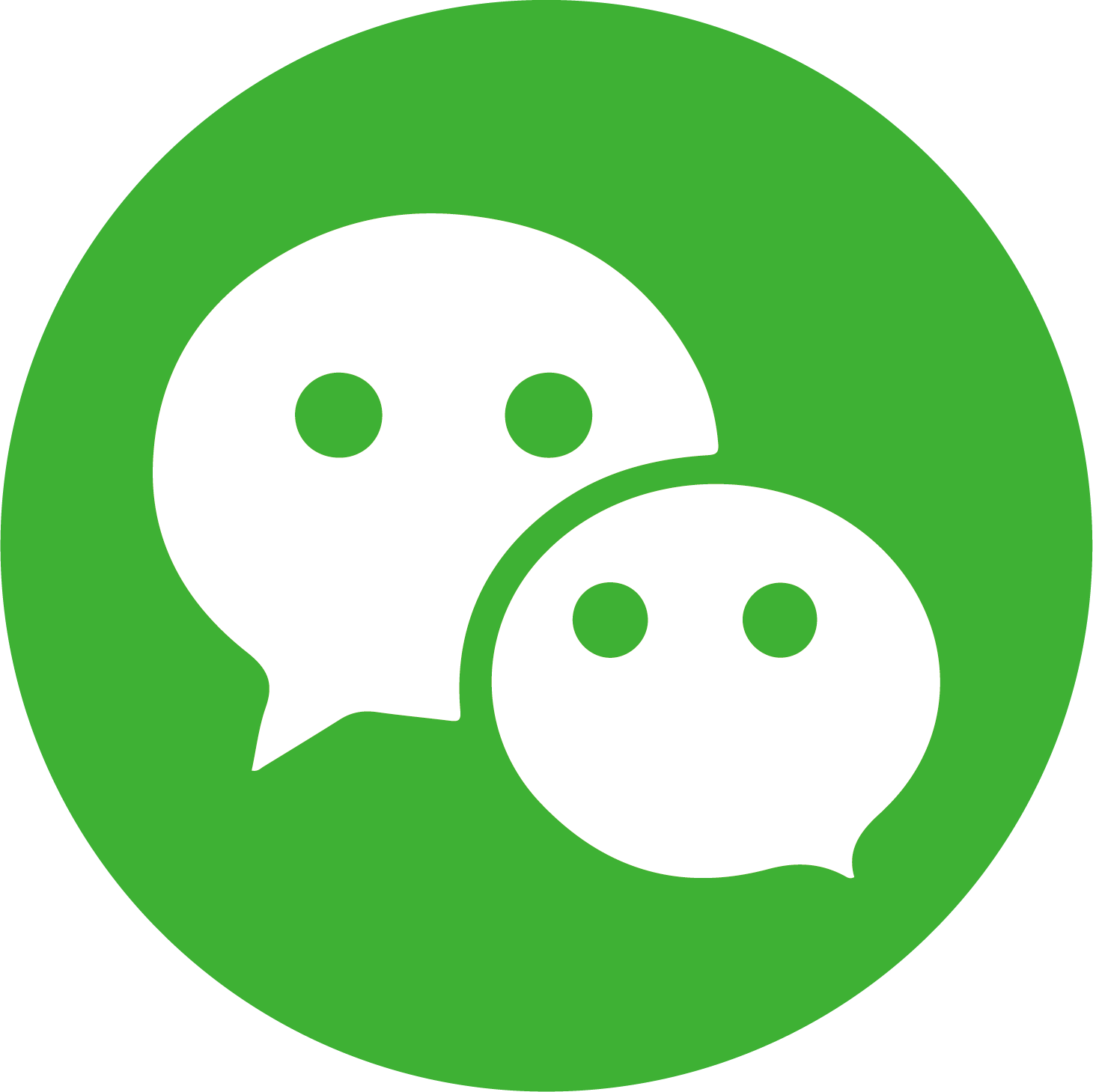- Category:
- All
- Design
- Illustration
- Manga
- Craft
Design Burger
A community for some of the most influential student and professional design work from around the globe. www.instagram.com/design_burger/— Could you tell us about your platform?
Design Burger is an online platform that provides inspiration to fellow industrial designers. We showcase design projects from around the world, representing both students and professionals alike.

— Why did you start your platform?
We wanted to curate and showcase the very best industrial design talent in one place. Our platform is all about the designers and we want to continue to keep sharing new, interesting content that inspires designers to keep developing great work.
— To celebrate reaching 100K followers, Design Burger collaborated with Copic last year. Could you tell us about it and how was the response from your followers?
The collaboration with Copic gave us the opportunity to thank our audience for their support. We were able to give away 5 different Copic prizes and the response was brilliant.
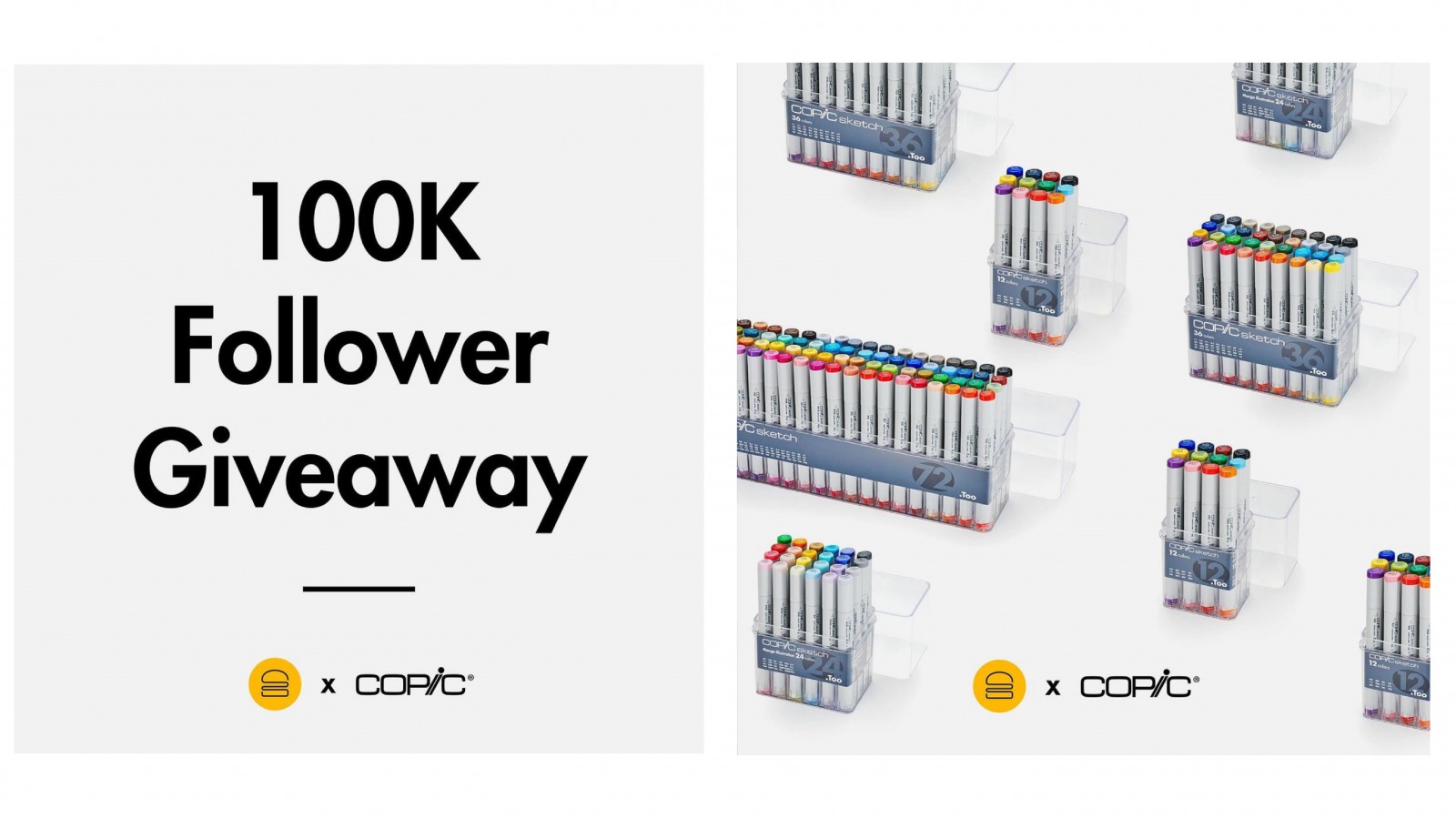
— How do designers develop a new product? Could you tell us about the industrial design process?
We are lucky enough as industrial designers to work on a large range of products in all shapes, sizes and materials. Each project is carried out in a slightly different way with core principals at the heart of the process. Generally, it will start with a problem. Further research will allow for the discovery of insights into that problem, which can then be used to generate initial concepts through sketching and model making. During the project there may be a range of phases that include, user testing, CAD, prototyping, visualizations, and design for manufacture.
— Various types of products and furniture posted on your platform are contemporary, ergonomic and conceptual designs. What is important in industrial design? And what inspires designers and students now?
One of the most important things industrial designers face is to design products that stand the test of time. Timeless design is exceedingly difficult to achieve, however we all strive to design products that users find sentimental and want to keep hold of for generations.
— Digital tools and software are commonly used in industrial design these days, but how are traditional art materials used in industrial design and design education?
A large part of an industrial designer’s job is understanding materials. Traditional art materials play an important role in the process to quickly realize and understand how a product may look in 3D, whether that be to understand the scale of the object, weight or how it might be used.
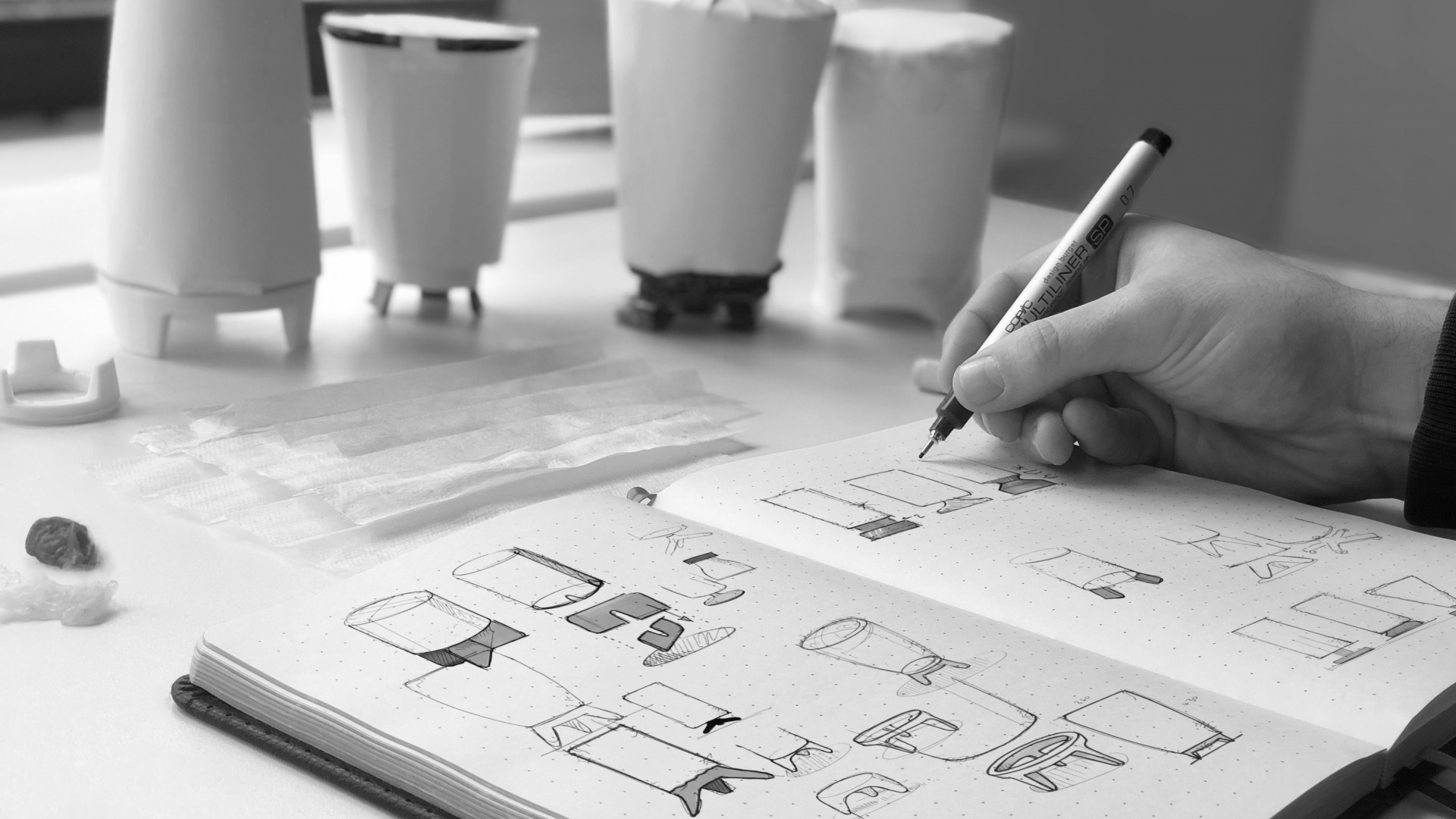
— Copic is used and loved by designers in various fields of design since 1987. What do you think is the reason why? How do designers / students use Copic?
As designers, sketching is our bread and butter, Copic has always been a staple in every designer’s toolbox, whether it’s to quickly scribble down an idea or to present a rendered sketch to a client. Copic’s quality and reliability is the reason why so many designers use and love them.
— Copic is refillable and the nibs are replaceable since its release in 1987. Sustainability sits within the DNA of Copic. How is sustainability considered in industrial design?
Sustainability is a particularly important topic for industrial designers. We have a responsibility for all the products that we produce and have to consider first of all if the product is really needed. We have to review the entire life cycle from sourcing of materials, manufacturing processes, the product lifespan and end of life.
— Could you tell us about your plan of “Design Dialogues”?
Design Dialogues aims to give an insight into the life of designers. The series will run across our social media platforms once a month and will showcase a selected designer to answer interview-style questions in visual form, whether that be a quick illustration or sketch. The range of questions will include details on their work, their life outside of design and will give our community a better understanding of the designer behind their favorite products.
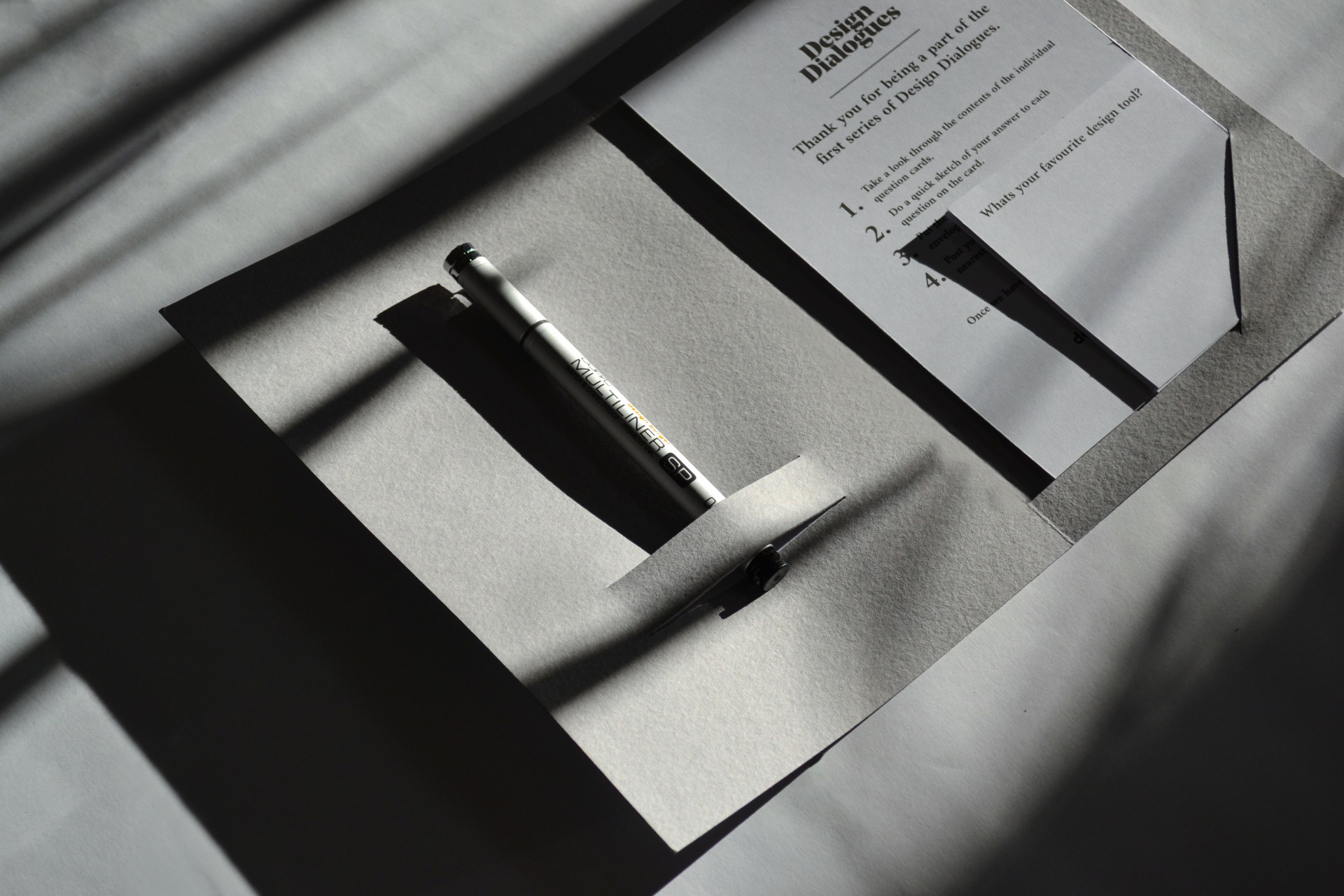
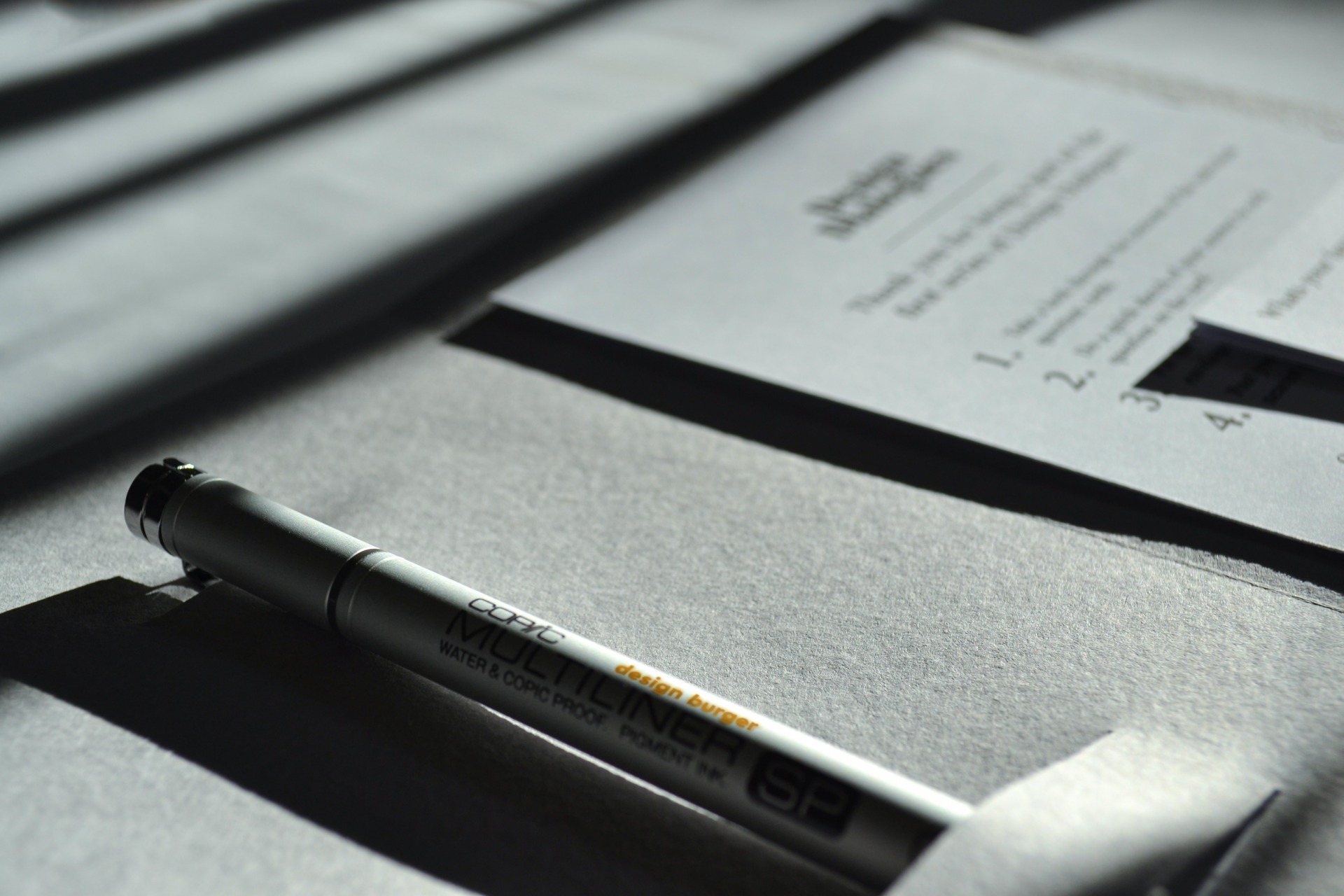
— Finally, please offer a message to designers / design students?
Keep pushing the boundaries!
